Wet excavation is a common method in The Netherlands. In today’s article we want to share an application for the excavation of a 5-story underground parking garage in the city of Leiden, The Netherlands.
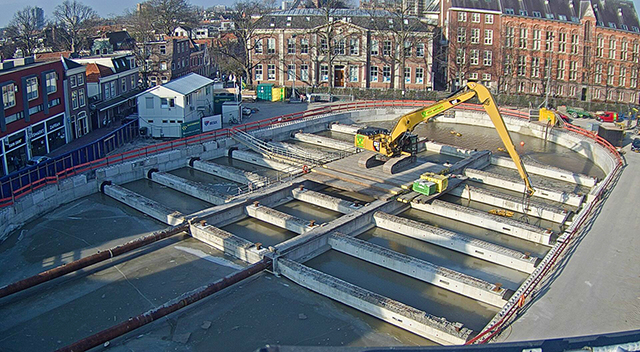
Leiden is a beautiful university town with canals just like Amsterdam. The city has a history of over 500 years and the city layout and accessibility reflects this: narrow roads, and dense urbanization. Parking spaces in the main shopping area are limited and to address this two new parking garages were planned. The parking garages are dug underneath existing city squares, taking parked cars under the surface and allowing for more green space in the city. To minimize the movement of trucks, the excavated soil -a mixture of coarse sand and silt- was pumped out through 2.5km of pipelines submerged in the cities network of canals.

The Garenmarkt parking garage has a depth of 20 meters and provides space for 425 cars spread over 5 levels. The parking garage’s retaining wall was dug by trench cutter. After building the diaphragm wall, the roof construction was put in place and this roof served as working platform for the excavation of the pit. Water was pumped into the pit and an excavator-mounted model 200 pump agitated the material with water jetting assistance and sucked out the soil and water mixture.
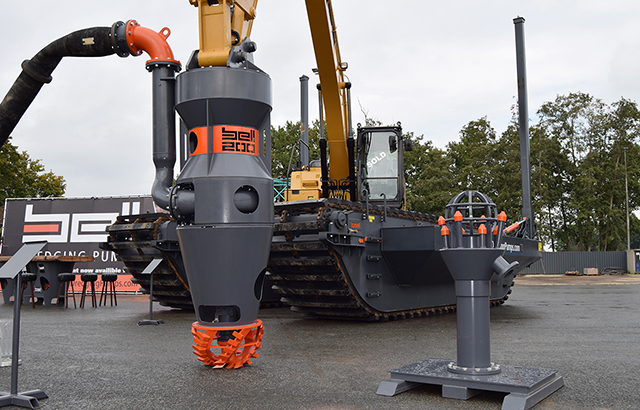
On its own the Bell 200 can pump the mixture up to a distance of 1000m, but as the discharge line was 2500m long, the transport through the pipe line was supported by two booster pumps, and a fourth pump at the arrival point. Total travel time from excavation pit to collection point was 13 minutes. The discharge line is made of different sections, some are flexible floating lines, while the submerged sections are welded together steel sections. At the arrival point a polymer was added to the mixture. The polymer binds with the silt and ensures quick sedimentation of the silt. The sand was deposited in a first barge, the silt mixture was pumped into a second and third barge to allow further time for sedimentation. At each point the outflow of the mixture is slowed down by a funnel, ensuring the mixture doesn't gush out of the barge’s hold, while also optimizing the polymer mixing result.

Meanwhile back at the excavation site the pump continues to excavate the pit until a uniform 20m depth is reached. A GPS positioning system on the excavator boom and a depth gauge on the pump allow the operator to accurately know the dredging result. The system shows in real-time which locations have been dredged to which depth (see photo). The concentration of the mixture was optimized by readings provided in real-time by a non-nuclear density meter. When the pump is close to reaching target depth the operator changes the pump head to a flat barge head.

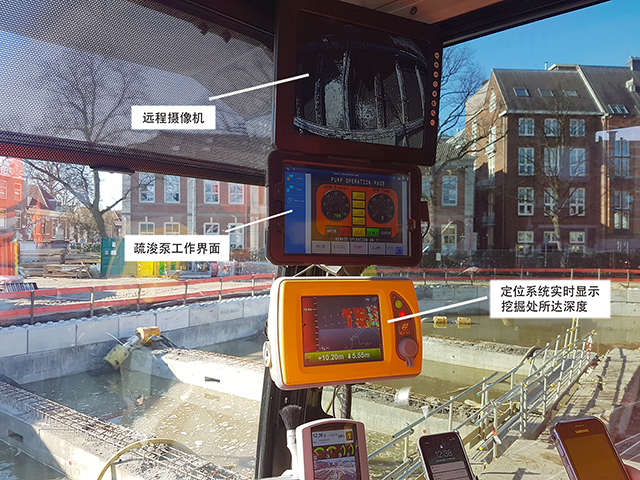
The flat barge head helps dredge a level surface. During excavation the water pressure counters the pressure of the retaining walls and eliminates the need for support struts. After wet excavation work is finished, underwater concrete is poured into the pit and the water is pumped out. The floor is secured by the installation of 600 anchors.

A total of 80.000 cubic meters of mixture will be transported over 13 weeks from the new parking garage site to the collection point. Using the wet excavation method 2000 truck movements in the city center were avoided. The barges at the collection point contain 300 cubic meters of excavated material and are filled up in 6 hours. The sand is then transported and after further dewatering reused for general construction purposes.
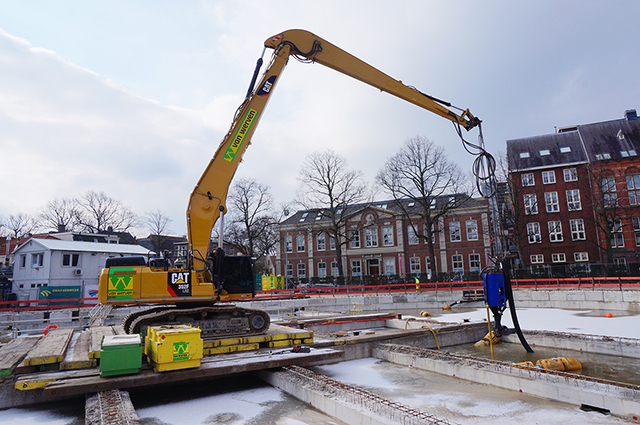

Wet excavation requires advanced site management. Care must be taken to avoid sanding of the pipe lines over a great distance. Any obstruction in the pipe will need to be removed manually by disconnecting pipe sections. Automation and real-time reporting have simplified the job. The crane operator controls and monitors the performance of the booster pumps in real time from screens in the control cabin; while mobile phones and remote cameras connect workers at the different locations. In the Netherlands there are a number of contractors that have perfected the process. The excavation work carried out in Leiden is by Van Werven, this company has 20 years’ experience in wet excavation work. The project started in 2017 and is scheduled for completion in 2020.
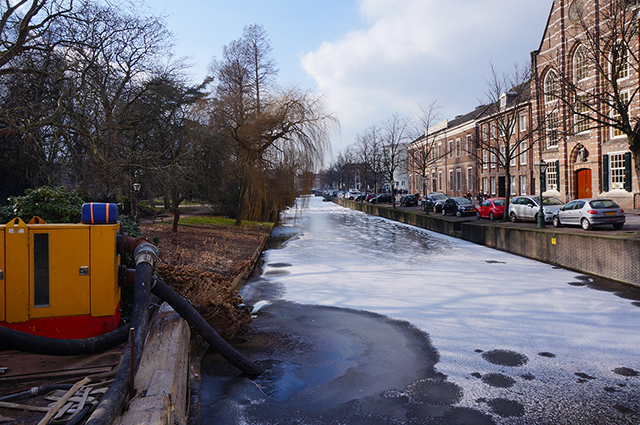
ICE is interested to introduce this working method to China. We have equipment on stock that is ready for the job and we can provide support for designing the right pump set-up. Contact us if you are interested to work on the introduction of this method in China together!
